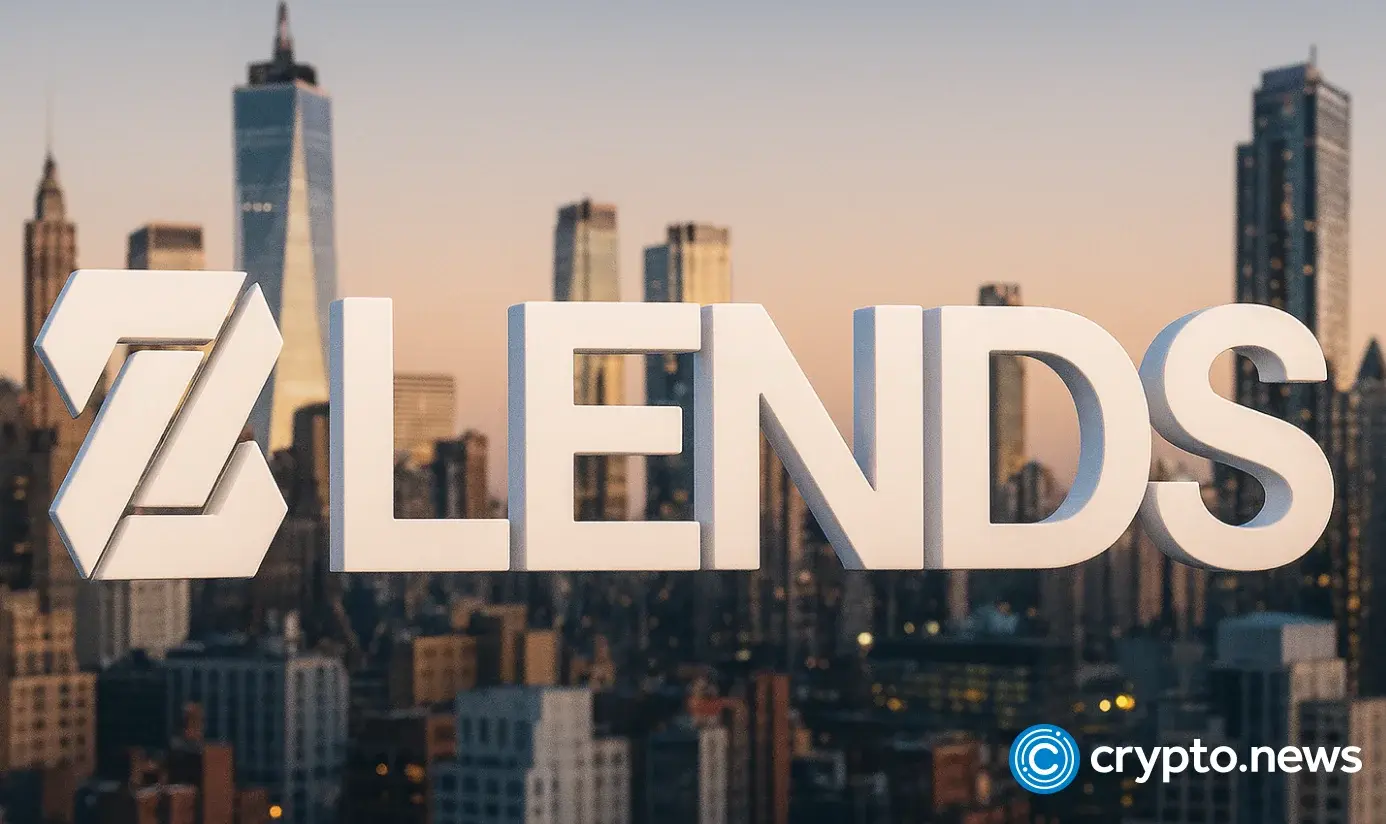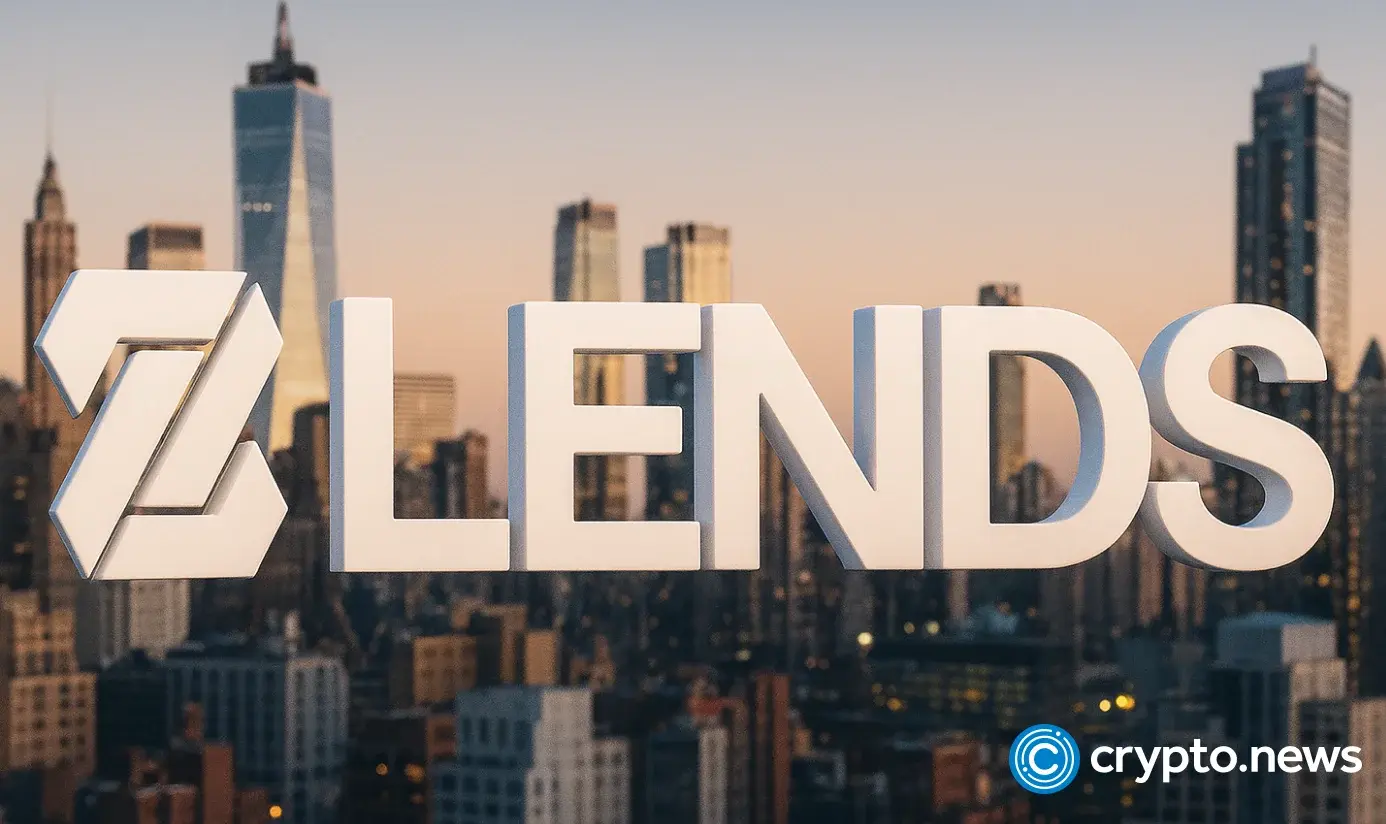

Disclosure: This article does not represent investment advice. The content and materials featured on this page are for educational purposes only.
After a $19 billion crypto crash, investors are turning to asset-backed platforms like 8lends that offer stability and transparency beyond speculation.
Summary
- A sharp market crash wiped out leveraged positions as Bitcoin, Ethereum, and Toncoin plunged.
- The sell-off exposed how fragile speculative crypto trading remains.
- Asset-backed platforms like 8lends demonstrate how web3 can deliver stable, transparent, and sustainable returns.
Once again, global crypto markets have dived into the crisis of trust. The recent crypto sell-off wiped out more than $19 billion in leveraged positions. Bitcoin slid 12%, Ethereum lost 20%, and Toncoin collapsed by almost 80% within an hour, the sharpest synchronized drop since the 2022 bear cycle. Investors who aimed to access increased returns during the long-awaited bull run started to question where ‘safe’ truly lies.
While speculative crypto trading attracted thousands of new participants to alternative finance, web3-powered finance was never meant to be the casino some still imagine. It was originally designed as a transparent, trust-based ecosystem with no entry limits; hence, providing investment opportunities for the masses.
Yet amid the volatility and fear-driven headlines, little attention is paid to blockchain platforms that continue fulfilling web3’s original mission: supporting real, sustainable investment even during the crypto downturn.
Speculative vs. asset-backed investment: Two approaches to crypto
Crypto is often associated with two main formats of trading: spot and futures. In the first, investors hold assets until prices rise enough to sell for profit; in the second, they use leverage to capitalize on short-term market movements.
This is similar to the traditional stock market, where traders seek to sell securities above their purchase price or speculate through derivatives. In both cases, capital value depends entirely on market prices, making it highly sensitive to sentiment and volatility. Investors pursue short-term gains while accepting elevated risk and uncertainty.
The risk becomes especially evident when sudden liquidity shocks expose how fragile purely market-based value can be, exactly what happened during the recent crypto ‘Bloody Friday’. A major trader, a so-called whale, had opened substantial short positions even before Trump’s announcement of 100% tariffs on Chinese goods.
When the market reacted, the liquidation wave hit overleveraged longs the hardest: $16.7 billion in long positions were wiped out, compared with just $2.5 billion in shorts. This 6.7-to-1 imbalance revealed how dangerously one-sided market positioning had become.
Another approach to alternative finance appears as a transition toward a mature and responsible financial model with capital protection at the core. That’s asset-backed crowdlending, where investors fund small and medium-sized enterprises (SMEs) through blockchain-powered, regulated p2p platforms. Instead of betting on price fluctuations, participants provide liquidity to real businesses and earn predictable, contract-based returns.
For example, 8lends, a Swiss-based p2p crypto crowdlending platform, offers investors returns of up to 25% while maintaining strict fund protection measures. Each SME borrower undergoes comprehensive due diligence and risk scoring, and every loan is collateralized with tangible assets, reducing the risk of default. In addition, Swiss-grade compliance standards, including AML, KYC, and GDPR requirements, ensure full legal and operational transparency. This allows 8lends to set up a safe ecosystem where investors and SMEs connect to establish mutually-beneficial cooperation with no middleman and full transparency.
In this model, the web3 ecosystem fulfills its initial purpose, providing transparent financial conditions, while crypto in the form of stablecoins serves as an efficient means of finance for cost-effective transactions. They become even more volatility-proof financial means compared to fiat currencies like U.S. Dollar (USD) or euro (EUR), which are also affected by some speculation in the financial markets. For instance, recent U.S.-China trade tensions resulted in the USD weakening against several currencies, including Japanese yen (JPY) and Swiss franc (CHF).
As a result, two opposite philosophies to crypto investment emerge. On the one hand, speculative trading, much like equities or commodities trading, can yield substantial profits, but exposes investors to equally significant losses. On the other hand, asset-backed investment through stablecoins is built on real collateral, transparency, and repayment discipline. Instead of chasing trends, investors fuel tangible economic activity, while returns are generated from SMEs’ business cashflows.
The transition phase: From speculation to sustainability
The recent liquidity squeeze and sharp price drops have once again undermined the image of the crypto market. Yet this is not the collapse of the technology behind web3 finance. On the contrary, these events highlight the need to return to its original purpose. The foundation of alternative, blockchain-based finance was never about hype cycles or quick profits. Web3 was designed as a trust-driven financial ecosystem, expanding access to investment and capital through transparency, verifiable data, and facilitated participation.
While some continue acknowledging increased risks and, potentially, rewards through crypto trading, the focus of the crypto and financial community steadily shifts towards sustainable FinTech. Projects that connect digital capital with real-world value become the backbone of the new financial era.
The trend evolves beyond SME crowdlending. Real-world asset (RWA) protocols such as Centrifuge, Goldfinch, and Maple Finance tokenize loans and receivables, channeling liquidity to businesses without speculative exposure. Stablecoin ecosystems like USDC also play a crucial role, providing blockchain-native, volatility-resistant instruments that enable predictable transactions and yield strategies. Meanwhile, green finance initiatives such as Toucan Protocol and Flowcarbon show how blockchain can direct capital toward sustainable development by tokenizing carbon credits and environmental assets, turning digital finance into a tool for measurable, real-world impact.
Here are just a few examples of how blockchain fulfills its true potential, allowing users to better manage risks rather than amplifying them. Eventually, it leads to the development and adoption of responsible and sustainable finance that even traditional financial markets lack.
Disclosure: This content is provided by a third party. Neither crypto.news nor the author of this article endorses any product mentioned on this page. Users should conduct their own research before taking any action related to the company.

Source link

